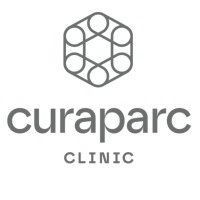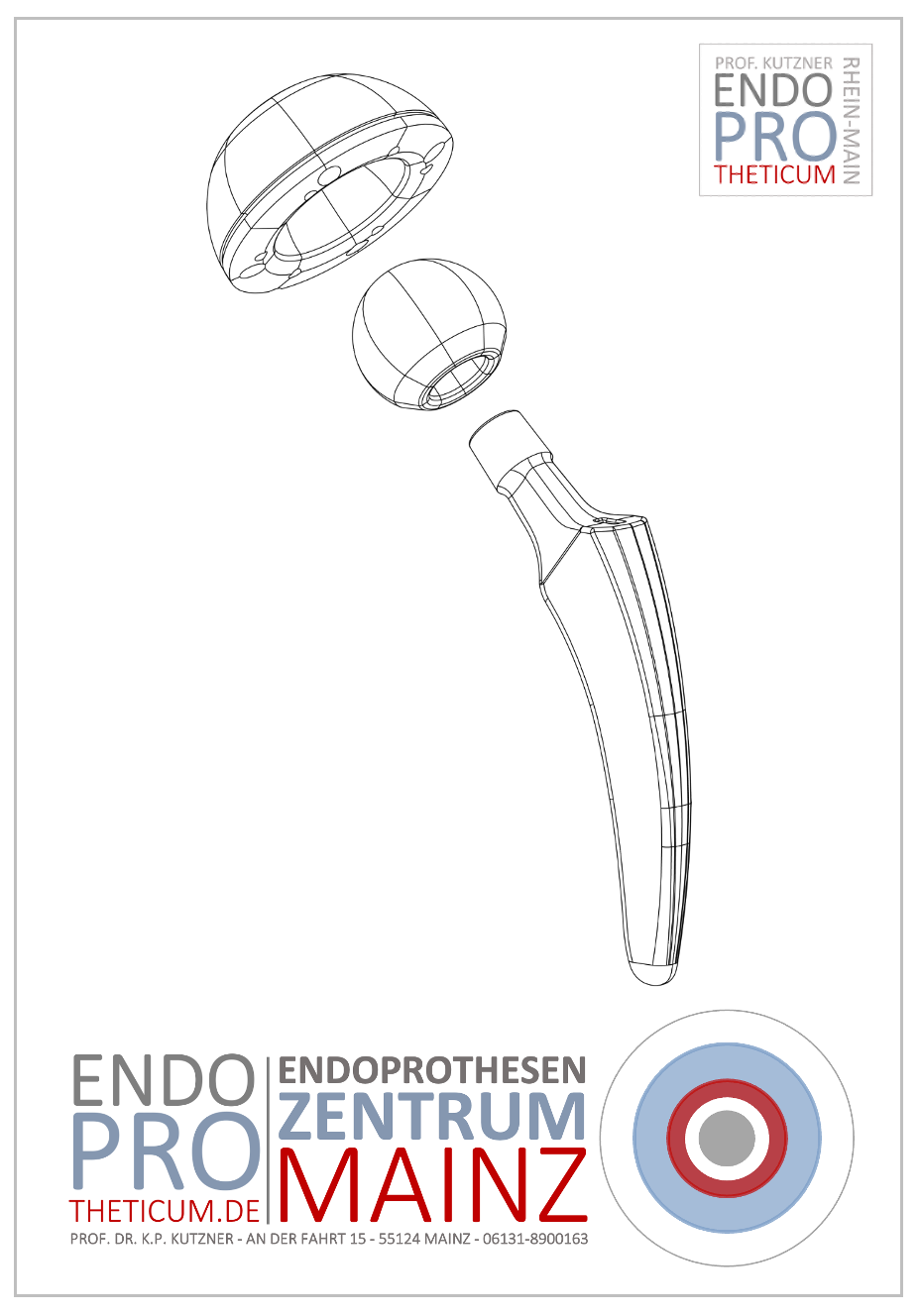Endoprosthetic treatment of retropatellar arthrosis (Wave / PFJ)
Partial replacement of the knee joint for retropatellar arthrosis (kneecap arthrosis)

Retropatellar osteoarthritis, also known as patellofemoral osteoarthritis or kneecap osteoarthritis, is a degenerative joint disease that affects the cartilage behind the kneecap. This disease can lead to significant pain and restricted mobility. When conservative treatments are no longer sufficient, endoprosthetic care offers an effective solution to restore joint function and improve quality of life. This article highlights the various aspects of endoprosthetic treatment of retropatellar arthrosis, including indications, procedures, benefits, and follow-up care.
Basics of retropatellar arthrosis
Causes and symptoms
Retropatellar arthrosis occurs due to a combination of factors such as mechanical overload, injuries and degenerative processes. Excess weight and sporting activities that put a lot of strain on the knee can accelerate the breakdown of cartilage. Injuries such as patellar luxations and misalignments such as knock-knees or bowlegs also contribute to the disease.
Typical symptoms are:
- Pain behind the kneecap, especially when climbing stairs or sitting for long periods.
- Stiffness and swelling in the knee.
- Crunching noises when moving.
Diagnosis of retropatellar arthrosis
Diagnosis of retropatellar arthrosis begins with a thorough medical history and physical examination. Imaging procedures such as X-rays, MRI and CT are crucial for the precise assessment of cartilage damage and the planning of endoprosthetic treatment.
Conservative treatment options
Before endoprosthetic treatment is considered, conservative treatment approaches are often tried:
- Physiotherapy: Strengthening the muscles around the knee, improving mobility and reducing the load on the kneecap.
- Drug therapy: Use of painkillers and anti-inflammatory drugs.
- Orthopedic aids: Use of knee orthoses and specially adapted shoe insoles.
Indications for endoprosthetics
Endoprosthetic treatment is considered if:
- Conservative treatments do not provide adequate pain relief.
- The quality of life is significantly impaired.
- Progressive joint damage occurs.
The decision also depends on individual factors such as age, activity level and general health.
Endoprosthetic options for retropatellar arthrosis (mini-implants)
Patellofemoral partial prosthesis (Wave / PFJ)
If osteoarthritis is limited to the patellofemoral region, a patellofemoral partial prosthesis can be used. This prosthesis only replaces the damaged area behind the kneecap and preserves the remaining joint structures.
The patellofemoral partial replacement is a specialized form of knee replacement designed specifically to treat damage to the patellofemoral joint, the area behind the kneecap (patella) and the front part of the thigh bone (femur). This prosthesis is a less invasive alternative to total knee replacement and is used in cases where osteoarthritis or cartilage damage is limited to the patellofemoral joint.
Indications for the patellofemoral partial prosthesis
Patellofemoral partial prosthesis is considered in the following cases:
- Localized osteoarthritis: Patients with isolated osteoarthritis of the patellofemoral joint.
- Patella misalignment: Patients with patellar luxations or instability, leading to chronic pain and functional limitations.
- Failure of conservative therapies: When physical therapy, medications, and other conservative measures do not provide adequate relief.
- Younger Patients: Patients who do not need or want a complete denture due to their age and activity level.
Advantages of the patellofemoral partial prosthesis
The patellofemoral partial prosthesis offers several advantages over total knee replacement:
- Less surgical intervention: Because only part of the knee is replaced, the procedure is less invasive.
- Preservation of the natural knee anatomy: Only the damaged area is replaced, preserving the majority of the natural knee joint.
- Faster recovery: Patients typically recover more quickly and can return to their normal activities more quickly.
- Less Post-Operative Pain: Due to less surgical trauma, patients often experience less post-operative pain.
Total prosthesis (knee TEP)
A complete prosthesis is used for advanced osteoarthritis involving several joint sections. This comprehensive solution replaces the entire knee joint and provides long-term pain relief and functional improvement. Modern materials and techniques ensure a long service life and a better quality of life.
Surgical procedure
The surgical procedure includes several steps:
- Preparation: Comprehensive preoperative planning, including imaging and physical examination.
- Surgery: removal of damaged cartilage and insertion of the prosthesis. The procedure is usually carried out under general anesthesia.
- Aftercare: Intensive physiotherapeutic care to promote healing and restore joint function.
Postoperative rehabilitation
Postoperative rehabilitation is crucial for the success of endoprosthetic care:
- Early mobilization: Movement therapies to prevent joint stiffness and promote healing.
- Physiotherapy: Individual training plans to strengthen muscles and improve mobility.
- Pain management: Use of medication and alternative methods such as acupuncture and TENS to relieve pain.
Long-term results and forecast
Endoprosthetic treatment of retropatellar arthrosis can lead to a significant improvement in quality of life. Successful surgeries provide long-term pain relief and allow a return to an active lifestyle. Correct indication and regular follow-up care and physiotherapeutic measures are crucial to maintain the function of the prosthesis and avoid complications.
Conclusion
Endoprosthetic treatment offers an effective solution for patients with retropatellar arthrosis for whom conservative treatments are not sufficient. By using modern techniques and materials, pain can be alleviated and joint function can be sustainably improved. Careful preoperative planning, a well-executed surgical procedure, and comprehensive postoperative rehabilitation are critical to the success of the treatment.
MAKE AN APPOINTMENT?
You are welcome to make an appointment either by phone or online .



























